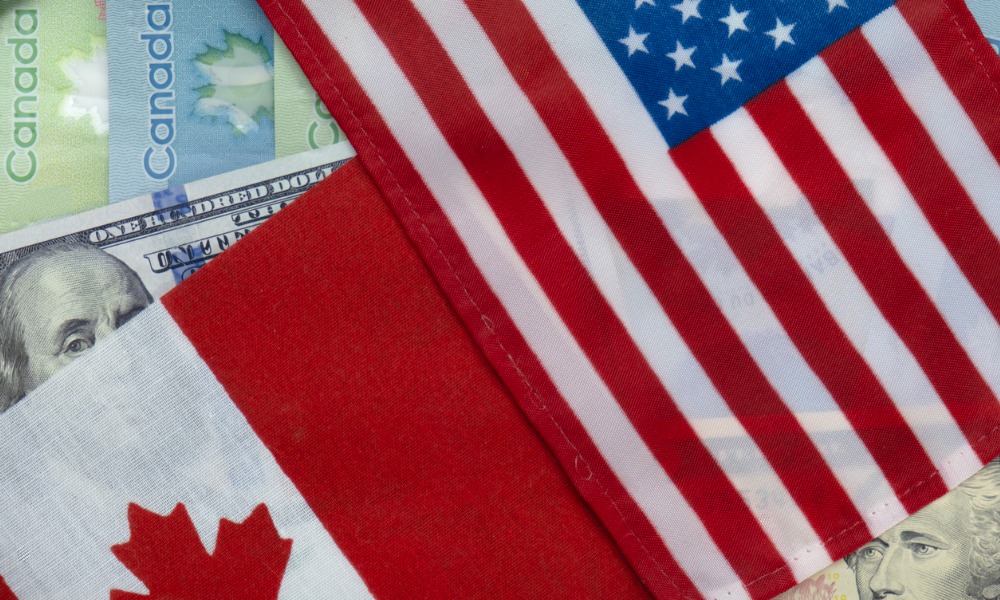Bank of Canada easing outpaces the Fed

Bank of America (BofA) strategists suggested that betting on interest rate changes in Canada presents a more promising opportunity than the US, as the Treasury yield curve continues to flash its longest-ever recession warning.
According to BofA, the Canadian bond market presents a more promising landscape for those betting on future rate shifts.
"Prospects might be better on the Canadian curve vs the US curve as the BoC may be able to ease faster or guide more dovish than the Fed over the next six months," BofA strategists including Ralph Axel and Katie Craig wrote in a report.
The yield curve inversion, a phenomenon where short-term yields exceed long-term yields, has persisted for 482 days, surpassing the previous record set in the 1980s. This is often seen as a precursor to a recession.
Read more: Why bond yields matter to brokers
Despite recent expectations that the US Federal Reserve might halt further rate hikes and steepen the yield curve, the strategists cautioned, "Not so fast. Even if it does steepen, we think the curve may not overcome high costs of carry and roll."
They argued that overnight funding rates "are above bond yields, funded Treasury longs have negative carry," meaning that beating the costs of holding and rolling over bonds would require more aggressive Fed easing than currently anticipated.
Instead, the analysts said the Bank of Canada (BoC) will likely ease its tightening measures faster than the Fed due to the existing momentum for rate cuts in Canada. This, coupled with the persistent services inflation in the US, could keep the Fed's rates higher for longer.
"If the gap between the 2.9% terminal rate in CAD and the 3.6% terminal in the US gets smaller, which is what history suggests, we think it would lead to relative steepening of the CAD curve vs the US curve," Axel and Craig said.
The BofA team believes that the market is currently underestimating the Bank of Canada's ability to diverge from the Fed and that the terminal rates of both central banks could converge once the easing cycles begin.
Therefore, traders might be better off betting on a steepening of the Canadian 10-year yield while simultaneously wagering on a flattening of the US 2-year versus 10-year yield to diversify risks.
Make sure to get all the latest news to your inbox on Canada’s mortgage and housing markets by signing up for our free daily newsletter here.



